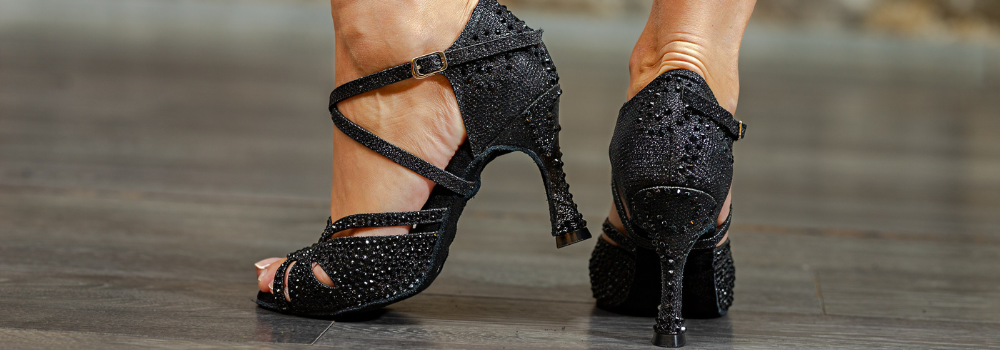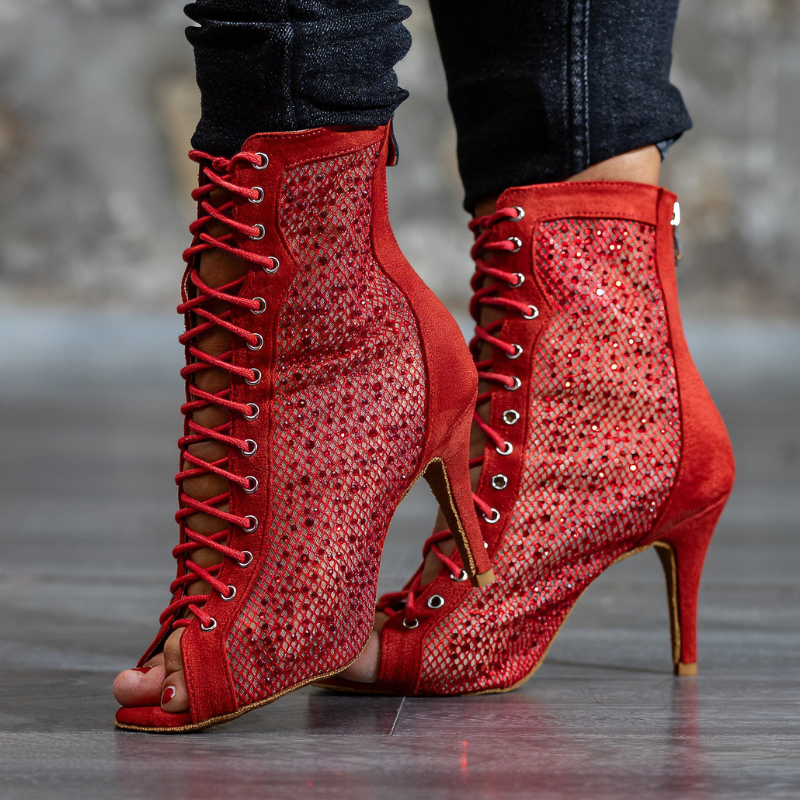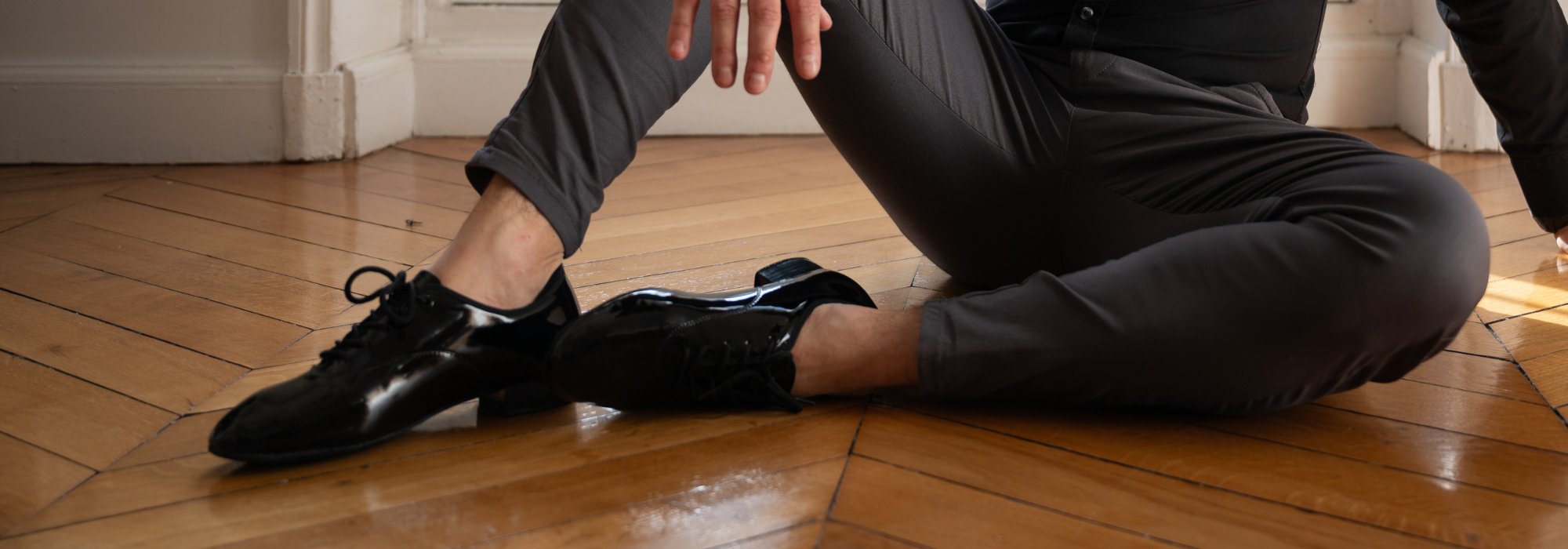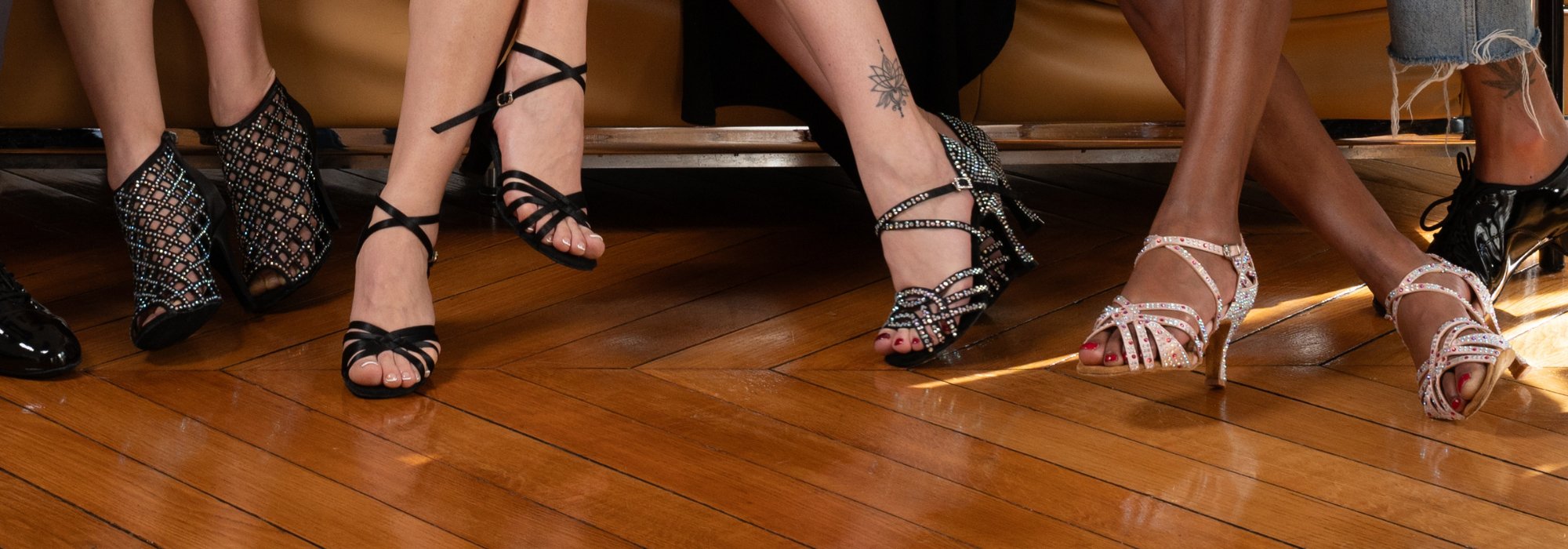What are the different types of salsa?
You want to learn salsa but Don't know what style would suit you The best? You wonder what is the difference between Cuban salsa and Puerto Rican salsa ?
This page will enlighten you.
Salsa is a musical genre and a dance that have conquered the whole world thanks to their energy and their cultural richness. However, not all salsas dance in the same way! Depending on the region, different styles have developed, each with its rhythmic and technical specificities.
Coming from very varied influences, salsa exists in many styles and variations: Cuban salsa, Puerto Rican salsa on 1, Puerto Rican salsa on 2 or Colombian salsa.
In this article, we will approach:
-
The different salsa styles and their features
-
The most accessible to beginners
-
THE differences Between salsa and bachata
-
Which salsa to choose Depending on your goals
Prepare to dive into the vibrating world of salsa and to discover what style suits you best!
What salsa to learn?

Before choosing your salsa style, it is important to understand the main differences between dominant currents.
Here are the most practiced salsa styles:
1. Cuban salsa (Casino)
Cuban salsa, or "casino", is one of the most popular styles in Europe and Latin America. It is characterized by circular movements and a strong interaction between partners.
Here are the main characteristics of Cuban salsa:
-
Dance in a circle rather than online
-
Lots of arm and passes
-
Improvised style, promoting connection with the partner
-
Strong influence of Afro-Cuban dances (Rumba, Son, Mambo)
Cuban salsa is ideal for those who want a festive and accessible style.
2. Puerto Rican salsa (on 1 - Los Angeles style)
The Puerto Rican salsa “On 1”, also called Los Angeles style, is more linear and technical than Cuban salsa. She is very popular in competitions and shows.
Here are the main characteristics of Puerto Rican salsa “ON 1”:
-
Online dance with straight movements
-
Lots of figures and foot games
-
Great influence of jazz and mambo
-
Dynamic and visually impressive style
This salsa is perfect for those who love precision and spectacular performances.
3. Puerto Rican salsa (on 2 - New York style)
The Puerto Rican salsa “On 2”, also called New York style, is more fluid and musical than salsa on 1. It is very appreciated by advanced dancers.
Here are the main characteristics of Puerto Rican salsa “ON 2”:
-
Dance on the second musical time (hence the name "On 2")
-
Elegant and softer movements
-
Large place granted to shines (solo foot games)
-
Influence of classic jazz and mambo
This style is recommended for those who like to dance in harmony with music and perfect their musicality.
4. Colombian salsa
Colombian salsa is best known in South America, especially in Cali, where it is a real institution. It is very fast and dynamic.
Here are the main characteristics of Colombian salsa:
-
No very fast and rhythmic base
-
Fewer figures, but a lot of leg games
-
Explosive and energetic style
This style is perfect for those who want a physical challenge and love fast rhythms.
What is the easiest salsa?

If you start, you may be wondering what style of salsa is the easiest to learn.
1. Cuban salsa: the most accessible
Cuban salsa is often considered the easiest to start, because it is more instinctive and does not require a strict line like Puerto Rican salsa.
2. Puerto Rican salsa on 1: Ideal for technique enthusiasts
If you like to learn choreographies and perfect your dance, the Puerto Rican salsa is a good option. It requires a little more rigor than Cuban, but is very rewarding.
3. Puerto Rican salsa on 2: more advanced
Salsa on 2 requires more musicality and precision, which can make it more complex for a beginner. It is however ideal for those who want to go further in the finesse of the rhythm.
4. Colombian salsa: a rhythmic challenge
Due to its quick tempo, Colombian salsa is often considered the most difficult to master for a beginner.
What is the difference between salsa and bachata?
If you hesitate between salsa and bachata, know that these are two Latin dances with very different styles and origins.
Here is the key information on salsa:
-
born at Cuba
-
enriched by Puerto Rican influences And New York
-
dance rhythmic, energetic and often festive
-
is characterized by fast sequences, of the Dynamic trips and Numerous figures
-
Partners generally have more space between them
-
The connection is made more through the technical guidance
Here is the key information on the bachata:
-
Originally from the Dominican Republic
-
Dance more slow And sensual
-
is based on a No basic in four stages, marked by fluid hip movements and a more marked proximity Between partners
-
put more Emotion accent and the connection Between the dancers
In summary, salsa is ideal for those who love dynamic and festive dances, while Bachata will better suit lovers of romantic and sensual dances.
If you start, the bachata is often considered easier to learn thanks to its accessible base step and slower pace.
How to progress quickly in salsa?
Once you have chosen your salsa style, the question that arises is: how to progress effectively?
Salsa being a rich and complex dance, learning requires a certain commitment.
1. Take regular lessons with professionals
Learning alone by watching videos can be a good complement, but Nothing replaces a face -to -face course With an experienced teacher. In progress, you receive a Structured supervision, of the precise corrections and Adapted exercises at your level.
A good teacher will guide you and help you acquire the solid bases essential for your progress.
2. Practice in the evening and in social
One of the great advantages of salsa is that she Dance everywhere, especially when evenings Latin and dedicated events. The more you practice with different partners, the more you develop your adaptability and your ease. Salsa being a social dance, interaction with other dancers is a great way to progress quickly.
3. Work musicality
Salsa is a very rhythmic dance, and fully understanding music is essential for dancing well. TryListen regularly pieces of salsa, d ’Identify the highlights and d ’drive down to spot musical accents.
This will help you Better feel music And to adapt your movements accordingly.
4. Improve your posture and technique
Many beginner dancers tend to neglect the posture, but it is crucial in salsa. A good posture allows a best balance, A more fluid guidance and a more pleasant dance for your partner.
Also work your technical, in particular the placement of your feet, body weight management and the accuracy of figures.
5. Set clear objectives
To progress effectively, it is important to have specific objectives. For example, you can decide to master a specific figure, improve your style or learn to dance with more ease in the evening.
By having clear objectives, you will remain motivated And will see concrete progress.
Why learn salsa in a dance school?

If you want to progress quickly and effectively in salsa, integrating a dance school is one of the best choices to make.
Unlike self-learning, school courses offer a personalized structure and follow-up that considerably accelerate learning.
In a school like Salsanueva.fr, you benefit from:
-
Course supervised by experienced teachers, capable of sending you the right technique from the start
-
A Adapted progression, with lessons organized by levels
-
An environment motivating, by learning in a group
-
Of the practice opportunities, with regular evenings and courses, perfect for training in real conditions
To join a dance school is also to integrate a passionate community who shares the same Want to learn and progress. So why wait?
Salsa, an art that combines technique, style and suitable equipment
That's it, here we are at the end of this article! Now you know the different salsa styles and lwhich choose according to your desires and your level.
But salsa is not just about technique and practice: Equipment also plays an essential role.
To be comfortable on the track and maximize your fluidity, it is essential to wear suitable shoes and comfortable clothing.
→ In addition to offering you salsa, Salsanueva.fr provides you with specialized shop To equip yourself with Latin dance shoes.
So, ready to dance with style and insurance?









